The A-66 highway, known as the Ruta de la Plata (Silver Route) highway, offers a north-to-south car journey across western Spain, starting in Gijón and ending in Seville, covering 809 kilometers. It’s the second-longest highway in Spain after the Mediterranean Highway (A-7), showcasing a rich blend of nature, culture, and cuisine from different Spanish regions.
It shouldn’t be confused with the Roman road Via de la Plata, which ran from Emerita Augusta (Mérida, Badajoz) to Asturica Augusta (Astorga, León) and is now a popular path for southern Spanish pilgrims of the Camino de Santiago. Though they share a name and some sections and cities, the main difference is that the Ruta de la Plata is meant for motorized travel, whether by car, motorcycle, or even RV. Shall we start the engines?
What does the car journey through Ruta de la Plata cover?
Our car journey through the Ruta de la Plata starts in northern Spain and takes us through four autonomous communities and seven provinces. We begin in Asturias, then move to Castile and León, passing through the provinces of León, Zamora, and Salamanca. Next, it connects to Extremadura, crossing Cáceres and Badajoz, before finally reaching Andalusia and ending in the province of Seville.
This route offers a variety of towns and cities to visit. In this article, we’ll look at the key cities you shouldn’t miss on your adventure. The route is a gateway to a wealth of culture, history, picturesque and unforgettable landscapes, and of course, the typical gastronomy of each region.
What to see in Asturias?
Within the 76 kilometers in the Principality of Asturias, the autonomous community with the shortest section of the Ruta de la Plata, there are several towns to visit. Here are three of them: Gijón, Oviedo, and Mieres.
Gijón
Besides enjoying the famous San Lorenzo beach, immerse yourself in over 2,000 years of Roman culture by visiting the Campa de Torres Archaeological Park, dating back to 490 BC, the Roman Villa of Veranes, or the Campo Valdés baths, a 1st-century AD building. Don’t miss modern Gijón with its beautiful fishing district of Cimavilla. Other attractions include the Revillagigedo Palace and the 18th-century Collegiate Church of San Juan Bautista, the birthplace of Jovellanos, the Jove Huergo Palace, and the Trinidad Chapel. Before departing, admire Eduardo Chillida’s sculpture “Elogio del Horizonte” on San Lorenzo promenade, and visit the aquarium and botanical garden as a final touch to your Gijón stay. You might also see pilgrims, as the Northern Way of the Camino de Santiago passes through this city.
Oviedo
In Oviedo, the capital of Asturias, there’s much to see, as it played a significant role in Spain’s history and was a pivotal point in the birth of the Camino de Santiago. From the “Vetusta” of Leopoldo Alas Clarín, the Primitive Way of Santiago originates, considered the first of the Jacobean routes. A must-visit is the Cathedral of El Salvador, the starting point of the Primitive Way and the endpoint of the Camino de El Salvador, which begins in León. Within the cathedral, you’ll find the Holy Chamber, home to the Cross of Victory, the symbol of the Principality of Asturias, and the Cross of the Angels, the symbol of the city. In the Fontán square, make sure to visit its market, offering a variety of fresh products and being the bustling center of the city. Of course, stroll down Manuel Pedregal street, or as it’s known, the city’s wine street, where the people of Oviedo enjoy the splendor of their cuisine.
Mieres
Mieres is nestled in a picturesque natural setting with a strong mining tradition. In fact, in the Paz square, locals pay tribute to their miners with a well-deserved Miner’s Monument. Just a few steps away is the Marqués de Camposagrado Palace, where you can admire one of the finest art collections in Asturias and visit a building declared a cultural interest site. In the historic center, don’t miss Jovellanos Park and Requexu Square, where the Escanciador Monument honors the culture of Asturian cider. After a good walk, what better than to sit on one of its terraces and enjoy a well-poured glass of cider. Asturian pote or fabada complete the city’s culinary experience.
What to see in Castile and León?
The Ruta de la Plata takes us through Castilian-Leonese lands for 330 kilometers, making Castile and León the autonomous community with the most mileage on the route. We’ll introduce you to grand and stately cities like León, Zamora, and Salamanca, though there are many more towns and regions to discover in old Castile.
León
This city is pure history and a fantastic place to spend a weekend, also known for its Jacobean tradition as the French Way of the Camino de Santiago passes through it. León is full of hidden gems you must discover: the medieval wall, the Roman crypts, the provincial heritage at the Museum of León, the stunning and beautiful 13th-century Gothic Cathedral of Santa María de Regla, with its colorful stained glass windows featuring prominent rose windows, Gaudí’s Casa Botines Museum, the Palace of the Guzmanes, the Count Luna’s Palace, the Main Square, and many more points of interest. Of course, the old town’s Barrio Húmedo offers the city’s best cuisine.
Zamora
In Zamora, where we meet the Jacobean Via de la Plata, you’ll find a medieval old town with viewpoints overlooking the Duero River, offering beautiful sunset vistas. Notable in Zamora is its cathedral, the oldest and smallest in the autonomous community, featuring Duero Romanesque architecture with a Byzantine-inspired dome. You can also visit many other Romanesque churches, and from a civil architecture standpoint, the 11th-century castle stands out. Additional Roman remnants worth visiting include the Sayago cabins, the Roman mosaics in the Zamora Museum, tin fountains and basins in Almaraz, the funerary stele in Villalcampo, and the funerary stele and Roman verraco in Muelas del Pan. And of course, don’t miss tasting the local cuisine, especially as you’re in the Duero River region.
Salamanca
Salamanca is a must-visit city where culture, history, and a vibrant student atmosphere come together. Also a key location on the Via de la Plata, Salamanca boasts many monuments. Highlights include the grand Plaza Mayor, the Casa de las Conchas, the two cathedrals (new and old), Spain’s oldest university (where you can search for the famous frog), Casa Lis, the Clergy, and the Convent of San Esteban. In Salamanca, follow in the footsteps of Saint Teresa of Ávila and enjoy the local cuisine, where suckling pig reigns supreme.
What to see in Extremadura?
With 300 kilometers of the Ruta de la Plata in Extremadura, this region offers towns and cities where the Roman past is still very much alive. Mérida is undoubtedly the epicenter of this segment of the route, but along the way, there are many towns and cities to excite visitors, such as Plasencia, Cáceres, and Zafra.
Plasencia
Plasencia is rich in nature, evident in its many green spaces teeming with diverse birdlife, like the Los Pinos Park. The old and new cathedrals offer a journey starting in the 13th century and concluding in the 16th century. The Episcopal Palace, the medieval interpretation center, Mirabel Palace, Monroy Palace, and several churches like San Nicolás, San Martín, or the Hermitage of Nuestra Señora del Puerto offer a blend of history and culture. Be amazed by the impressive Roman aqueduct while enjoying Extremaduran gastronomic products.
Cáceres
Cáceres is one of those Spanish cities where the cultural mix gifted by various civilizations over the centuries is evident. Founded by the Romans, in its old town, you can see Gothic and Renaissance styles, with the Moorish wall surrounding the city and about thirty towers, often adorned with storks. Notable sights include the Bujaco Tower, the Cáceres Museum, the Gothic Cathedral of Santa María, and the Palace of the Golfines de Abajo, a very special fortress-house. When it comes to gastronomy, be sure to try the traditional Extremaduran migas prepared in Cáceres.
Mérida
We arrive at the emblematic city of this Ruta de la Plata, Emerita Augusta. A key point on the Via de la Plata, Mérida offers a glimpse into many eras in one: Roman, Visigothic, Arabic, medieval, and modern. From Roman Mérida, you can explore the famous theater and amphitheater, the circus, the aqueduct, the Temple of Diana, the Arch of Trajan, the baths, and the National Museum of Roman Art. The Visigothic era is represented by the Basilica of Santa Eulalia and the Xenodoquio, while the Arab presence is evident in the Alcazaba. Mérida is a city to get lost in, with each street offering a new discovery and a cuisine worth dedicating a couple of days to explore.
Zafra
In and around Zafra, you’ll find various Roman remains, many of which are integrated into the buildings of the town itself. The 15th-century Palace of the Dukes of Feria and the Collegiate Church of La Candelaria, which houses an exceptional collection of Zurbarán paintings, are particularly impressive. The Grande and Chica squares, connected by the Arquillo del Pan, the city wall gate, and its churches, hermitages, and museums, make Zafra an essential stop. Known as a stopping point on the Via de la Plata, its gastronomy is highlighted by the Golden Age-themed gastronomic days held during the “De la luna al fuego” festival every June.
What to see in Andalusia?
We reach Andalusia to cover the last 115 kilometers, where two cities, Carmona and Seville, await us. In both, we’ll continue to enjoy the Roman presence along the Ruta de la Plata and marvel at their famous constructions.
Carmona
The main axis of this town is the Via Augusta, where you can also explore the necropolis, particularly notable for the Tomb of the Elephant and the Tomb of Servilia. Its 1st-century BC amphitheater, Plaza Arriba (part of the Roman forum), various mosaics in the town hall, the Cordoba gate, and the Roman bridge are other attractions of Carmona. The 16th-century Mudejar Convent of Santa Clara and the Church of San Pedro with its “Giraldilla” are noteworthy. Enjoying Andalusian cuisine after a good visit is the best plan during your stop in Carmona, a cinematic city often used as a filming location.
Seville
We arrive at the end of our journey in Seville, where we find numerous Roman heritages, such as the Pilatos House. Don’t miss the Roman stones of the Giralda, the columns of the Alameda de Hercules, the temple on Mármoles Street, and the remains of the Caños de Carmona aqueduct. In Seville, we find the Cathedral and the Giralda, the Real Alcázar, and the Archive of the Indies, three UNESCO World Heritage Sites. A horse-drawn carriage ride through the city leads us through streets brimming with history to the Royal Maestranza, the Gold Tower, and the Plaza de España, admiring beautiful buildings like the Lebrija Palace and the Las Dueñas Palace. A trip ending with the Guadalquivir River as a silent witness to the civilizations that passed through this beautiful Andalusian city is the perfect finale, reminding you of Seville’s unique charm. Regarding cuisine, if you’re there during the legendary Holy Week, try the chickpeas with spinach, and if you’re adventurous, taste the famous snails; otherwise, be a true Sevillian by enjoying a solomillo al whiskey with a cold beer.
Practical Information
We’ve discussed the A66 highway, which is free to use, but it’s important to note that the journey sometimes includes short stretches on toll roads (motorways).
To conclude, we provide a downloadable file with comprehensive information on each of the cities and towns along this Ruta de la Plata, including their festivals, typical foods, and shopping options. Additionally, we offer a direct link to the map of the Via de la Plata, highlighting the cities and towns you can visit.
We hope this article inspires you to explore this route with your car. It’s linked to the Camino de Santiago and is every bit as compelling as the famous American Route 66. A contrast of landscapes and nature, rich history, diverse cultural layers, and a unique and rich cuisine guarantee a journey that requires at least a week, though more days are recommended to enjoy it fully. And remember, safety first on the road, dear driver.

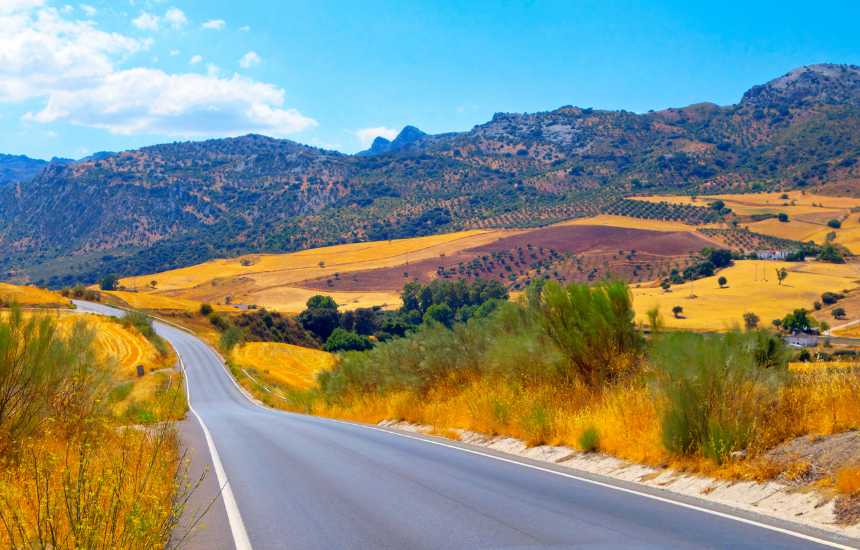
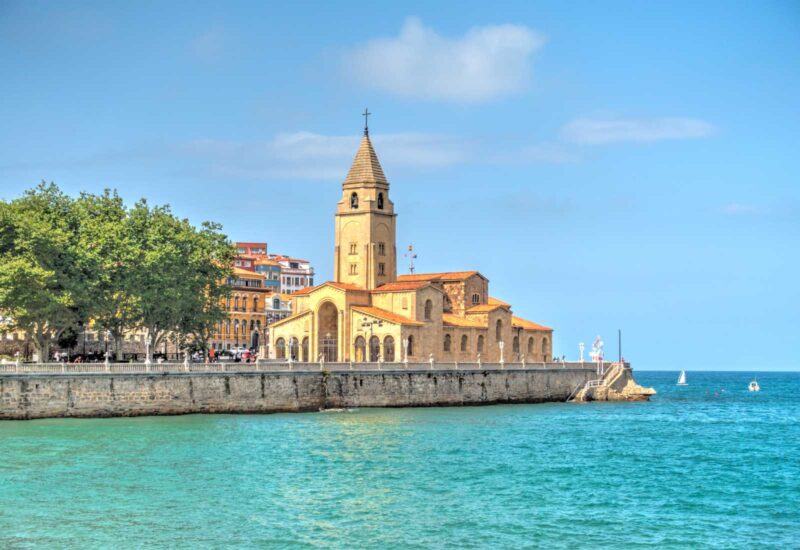
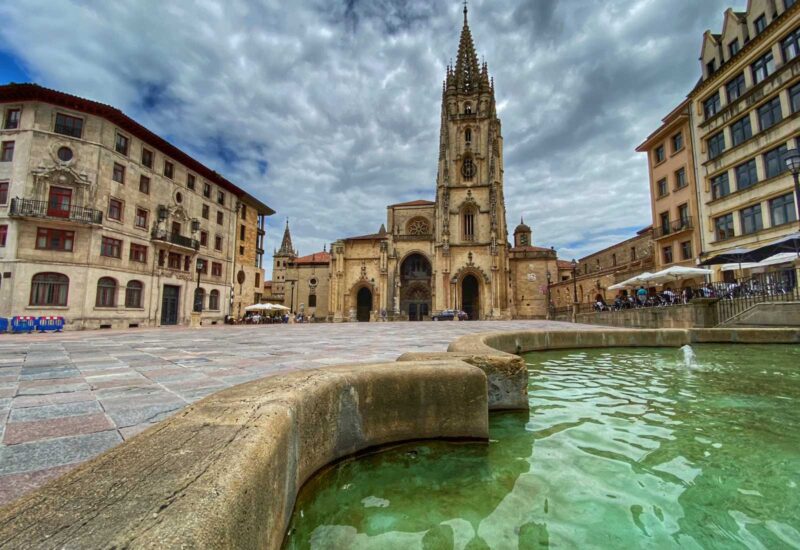
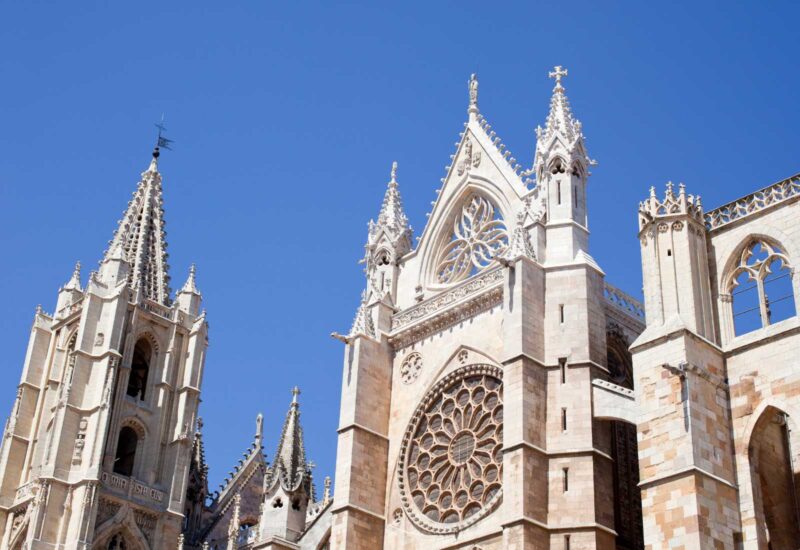
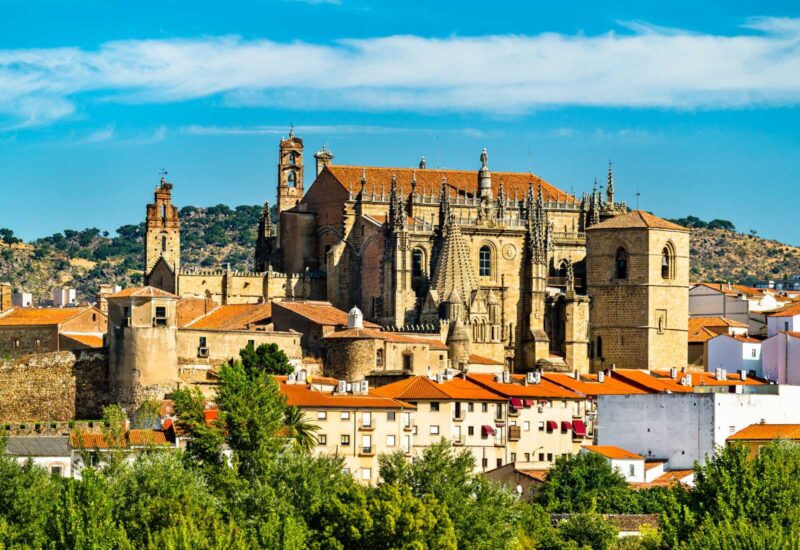
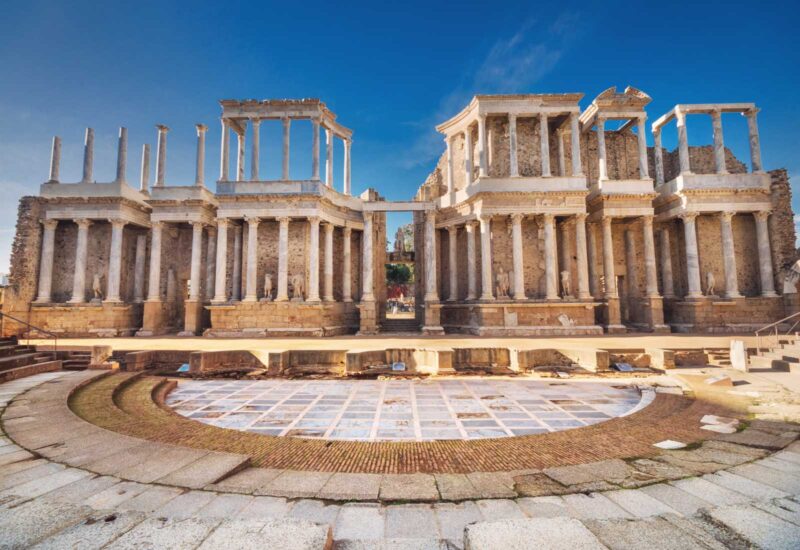
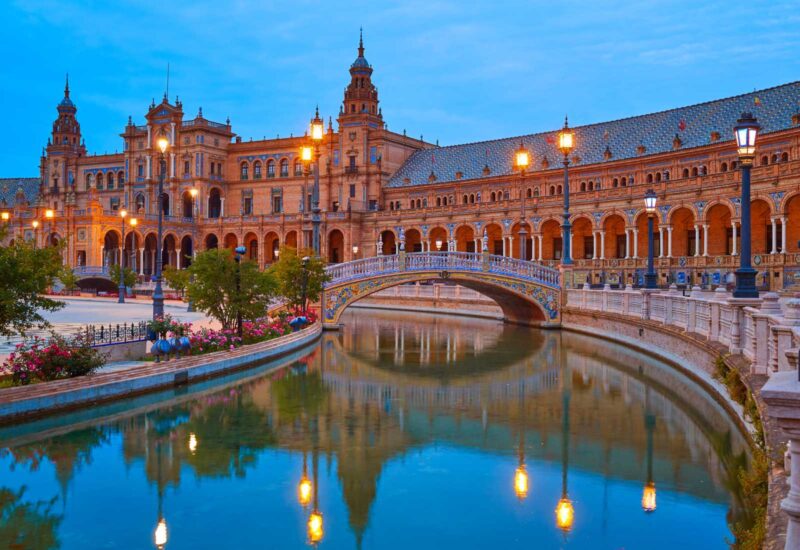


Leave A Comment